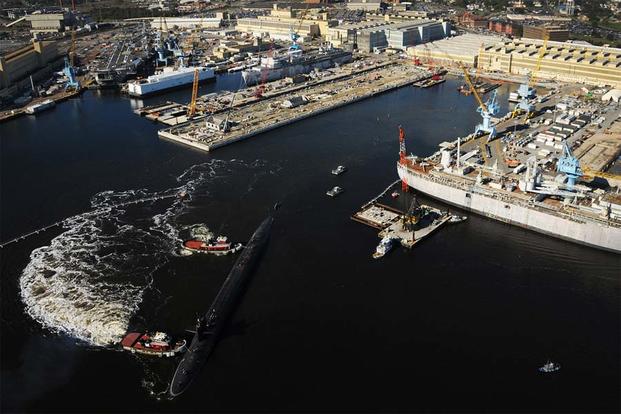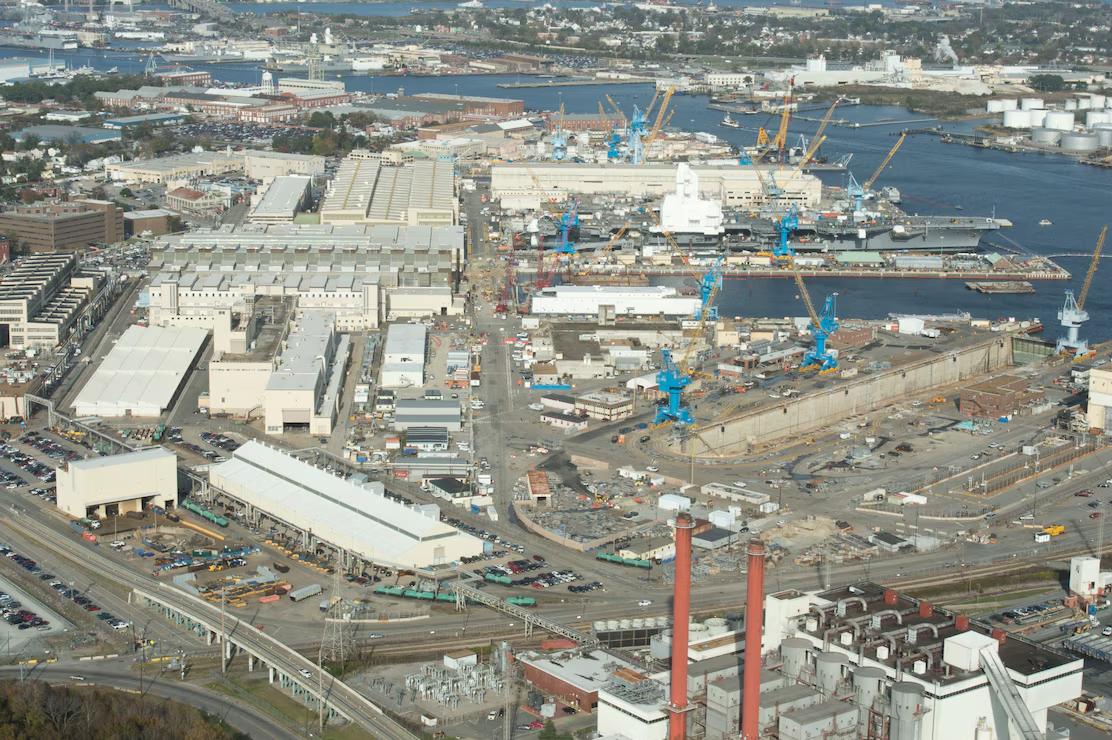Shipbuilding Industry in Crisis
The U.S. shipbuilding industry, long touted by President Trump as a cornerstone of American manufacturing, is facing unprecedented turmoil. Recent reports reveal that the newly established shipbuilding office under the National Security Council has seen its staff plummet from seven to a mere two members, signaling a significant retreat from the administration"s ambitious maritime revival agenda. This alarming reduction raises critical questions about the administration"s commitment to revitalizing an industry that has been on a steady decline for decades.
Failed Policies and Economic Consequences
As reported by the Wall Street Journal, the Trump administration"s push for a maritime renaissance is faltering under the weight of conflicting policy decisions. The recent dismantling of USAID and cuts to food aid programs have directly impacted the U.S. shipping industry, which relies heavily on government contracts. Industry insiders are already warning of potential layoffs and even bankruptcy for companies that once thrived on these contracts.

Navy to Hire Thousands of Shipyard Workers as Freeze Ends | Military.…
Legislative Barriers Stifle Growth
The situation is exacerbated by legislative hurdles like the Jones Act, which mandates that goods shipped between U.S. ports must be carried on ships that are built in the U.S. and staffed by American crews. Despite attempts to repeal this act, efforts have stalled, leaving domestic shipbuilders at a competitive disadvantage. According to Congress.gov, the industry has long relied on subsidies to remain viable, yet these have been conspicuously absent in recent budgets, further driving the industry toward collapse.
Infrastructure Challenges and Workforce Issues
On the ground, U.S. shipyards are struggling with outdated facilities and a severe shortage of skilled labor. The National Defense University highlights that many American shipyards operate at a loss, relying predominantly on military contracts for revenue. Moreover, foreign shipbuilders are not only more competitive but also more adaptable, leaving U.S. firms in an increasingly precarious position.

Norfolk Naval Shipyard
Global Competition and the Future of U.S. Shipbuilding
The global shipbuilding landscape has shifted dramatically, with countries like South Korea and China rapidly advancing their technological capabilities and production capacities. South Korean firms, such as Hanwha Ocean, are already making significant investments in U.S. shipbuilding infrastructure, yet they face immense regulatory barriers that hinder their ability to fully capitalize on potential synergies. As noted by industry experts, unless the U.S. loosens its restrictive policies, it risks losing its competitive edge in a market that is evolving at breakneck speed.
Conclusion on the Need for Policy Reform
While Trump"s administration has made bold claims about restoring America"s maritime dominance, the reality on the ground is starkly different. A combination of ineffective policies, legislative inertia, and a lack of investment in both infrastructure and workforce development is leading to a perfect storm for the U.S. shipbuilding industry. Without immediate and comprehensive reforms, the promise of a revived maritime sector will remain an elusive dream.

Trump tackles Harris" economic record at rambling press ...







